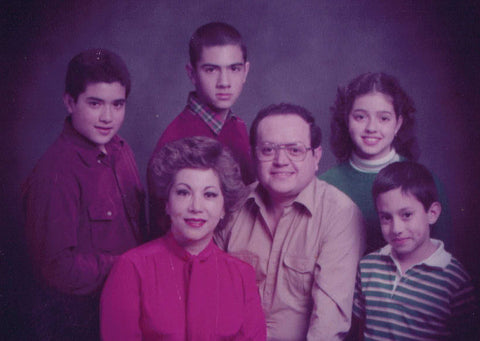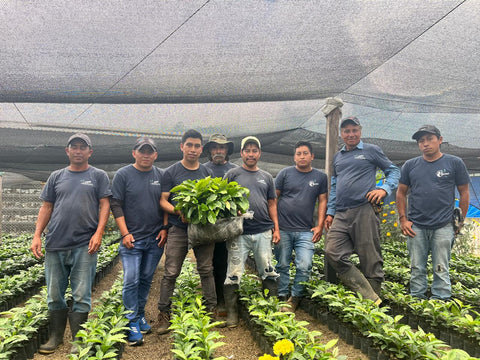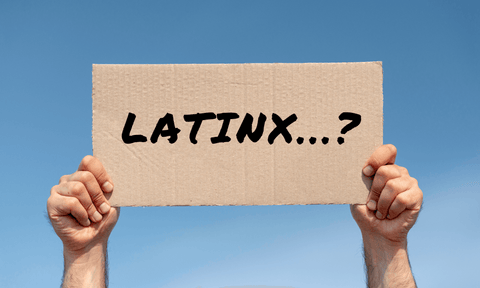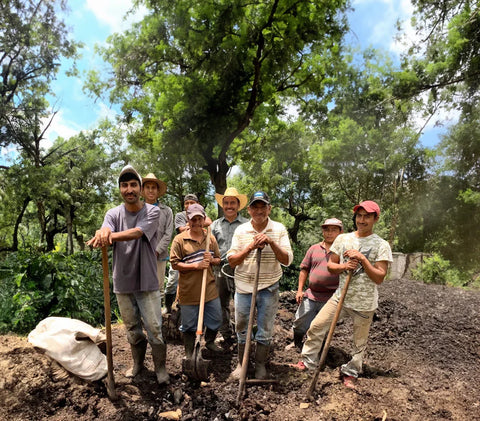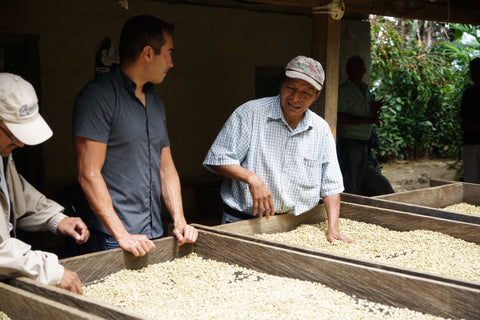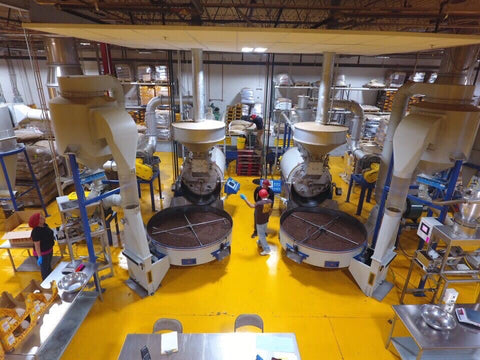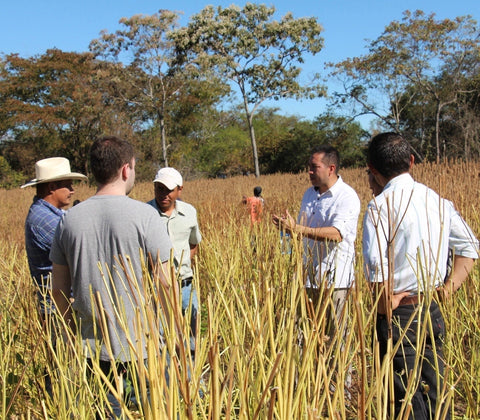ORGULLO LATINO
Reading time: 4 minutes
Latino Destino: How We're Creating Opportunities in Every US State
Surprising demographic shifts have changed where and why our communities are putting down roots in the US.
Today, we represent nearly a fifth of the total US population. We are also the second-largest ethnic group in the country.
But the data also shows that Latinos are dispersed rather unevenly across the country – and that our numbers are growing at vastly different rates depending on the state.
It all began, however, with the historic flow of migrants from Latin America into the US. Often in search of work opportunities, many of our ancestors crossed the border and, when they did, they crossed predominantly into border states.
For example, between 2010 and 2019, the states with the highest increase in Hispanic populations were Texas, California, and Florida. Texas and California, both bordering Mexico, now account for 45% of the country’s Hispanic population.
Arizona and New Mexico also have large Hispanic communities, while Florida’s total population consists of 26% Latinos – a figure associated with its proximity to Cuba and other Caribbean countries.
However, as time has gone on, we’ve gone far beyond the confines of border states, creating opportunities for ourselves as far as Alaska. As political scientist Jeronimo Cortina recently said: "The future is based on Latinos. It is not only the future of Texas, but of the nation."

New states, new opportunities
In the past decade, there has been a noticeable growth in our communities in many other states, some of which may seem surprising.
From 2010 to 2019, we represented more than 50% of the statewide population increase in 21 other states, including New York, New Jersey, Rhode Island and Mississippi.
In these states, our numbers increased significantly, exceeding that of the overall population growth during the same time (something largely ascribed to a decline in other groups).
For example, in New York, Latinos increased by 319,500, but the state’s population only went up by 53,700 and in Pennsylvania, there was a 273,900 increase in Latinos but only a 90,800 overall state increase.
Similar situations can be observed in many other states such as Illinois, Vermont, West Virginia and Connecticut, as well as North Dakota (which experienced the fastest Hispanic population growth due to the abundance of job opportunities created there by the oil industry).
This points to a particular trend of migration among our demographic in the US, especially as younger generations move to other states for economic reasons.
Mark Hugo Lopez, director of race and ethnicity research at the Pew Research Center, agrees. In an NBC interview, he explained that "the Latino population has been dispersing across the United States for years – a reflection of where the nation’s population is moving and where opportunities are located".
In fact, today, almost 70% of us are US born and it is evident that we are pursuing new economic opportunities in different parts of the country.
Take Montana, for example; although its Latino community is very small compared to that of California, the state’s rise in Latino residents since 2010 has been 58.2%, making it one of the fastest-growing Latino populations.
Mexican American engineer Lynette Torrez is one such person who chose to move to Billings, Montana, for work. In an interview with a local magazine, she explains:
"It’s where I wanted to start my career due to its small-town feel and big city opportunities. In New Mexico, there are limited options with regard to available work, which also limits personal growth and networking opportunities."

Future of the nation
One thing is for certain – these demographic changes are influencing not only individual states but the US as a whole in several ways – and will continue to do so.
Our communities are becoming progressively more and more significant to the country’s culture, politics and economy.
We already excel and contribute to the improvement of many sports, including baseball, boxing and golf.
Musical genres comprising merengue, trap, reggaetón and salsa are gaining mainstream popularity and American artists such as Justin Bieber and Beyoncé are collaborating with Latino artists. For the first time, last year the Super Bowl halftime show featured Shakira, a worldwide Latina artist, next to Jennifer Lopez, who also has a Latino background.
We are also actively participating in the political sector. Congress has 47 members who are Latino or Hispanic Americans and in the 2020 elections, Hispanics constituted the largest minority group of voters. This means that candidates are also considering and including Latinos as a relevant and influential electoral population.
The presence of our people has also had a major impact on the country’s economy and has the potential to become the most important driver of development in the future.
And that’s just referring to their purchasing power: their entrepreneurial spirit is also driving economic growth, with more Latino entrepreneurs and startups than Asians and African Americans currently operating in the country.
As the number and influence of our people increase, it will also drive societal change. This, American-Nicaraguan author Juana Bordas refers to as Latino destino – the unique contribution Latinos will make towards creating an inclusive future.


